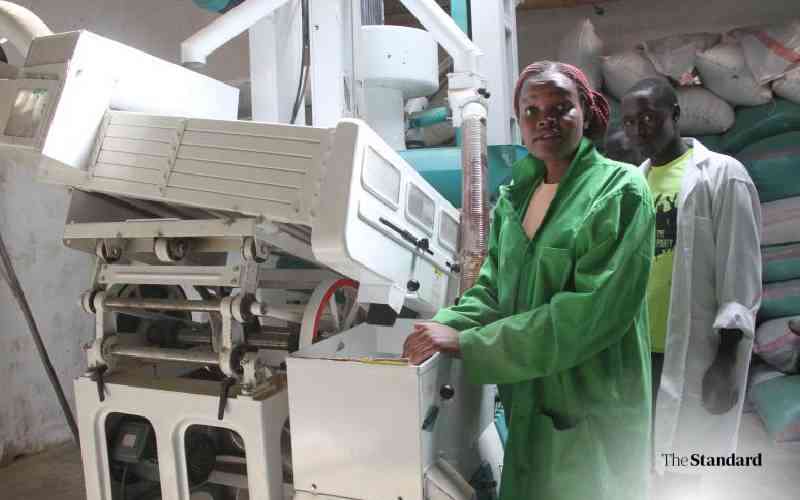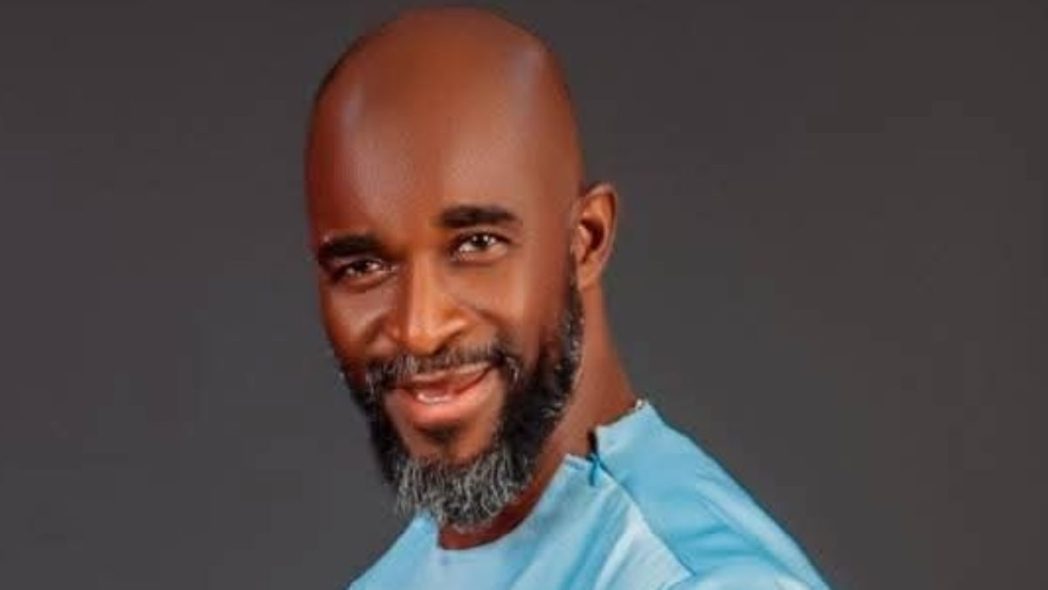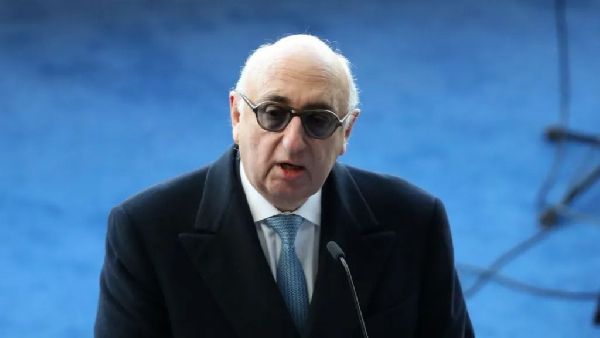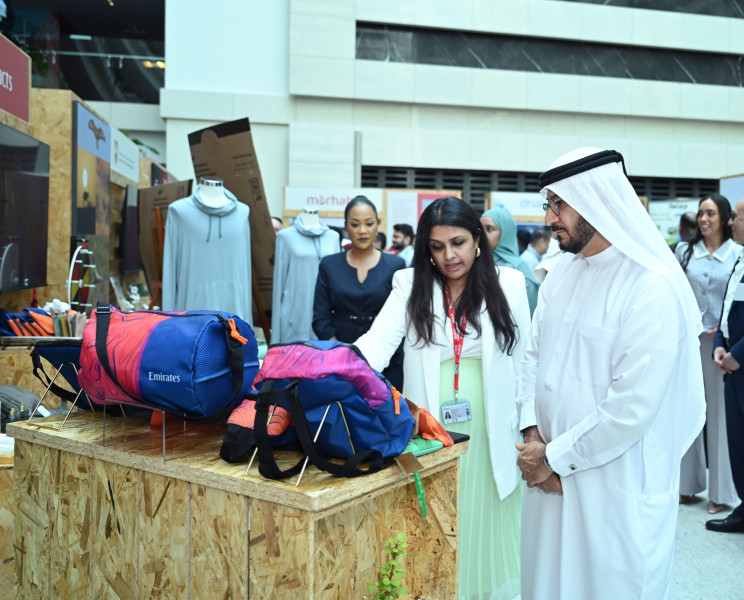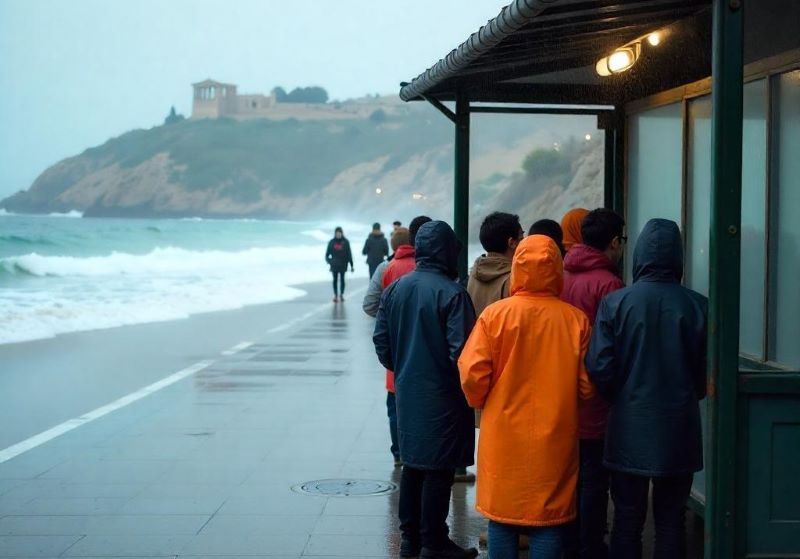Media faces capacity gaps in climate action communication - Climate Advocate
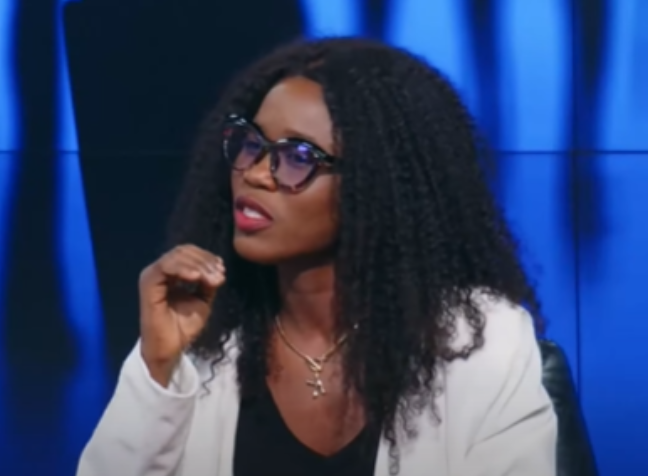
Deputy Chief Executive Officer at the HATOF Foundation, Mary-Jane Enchill, has criticised the limited involvement and long-term capacity of the media in climate action communication, describing the sector as facing a “lack of capacity retention.”
Speaking during the JoyNews National Dialogue on Coordinating Climate Actions on Thursday, July 3, and reflecting on Ghana’s National Adaptation Plan (NAP), Mary-Jane acknowledged efforts made to involve stakeholders.
“I see the gap from the awareness-raising perspective of the NAP, and I think the NAP has done extensive work in terms of mobilising a lot of people for its planning and development, where the user was also included,” she said.
However, she raised concerns about the inadequate empowerment of media professionals tasked with disseminating information on climate issues. “One gap that I see is the fact that we do not empower our journalists—those who give out the information,” she said.
Recalling her experience in the media, she remarked, “I used to work in one of the media houses. You see the issue with media men and women in terms of communicating.”
She also criticised the token inclusion of the media in high-level decision-making processes.
“When we develop the whole thing and then just one media person is brought in to represent the entire country, it is assumed that the media is present. But what happens to the rest?” she questioned.
Enchill called for deliberate efforts to engage and train journalists across the country. “We should be very conscious in the attempt to get this plan out there for people to appreciate and adapt its practices in our homes. The media must be brought on board and trained extensively,” she stated.
Drawing from her experience in climate and green economy training, she identified a major problem with knowledge retention.
“But one challenge I see with the media is the lack of capacity retention. When one media person is trained… ask yourself, are they still in their respective media houses? The answer is often no,” she said.
She urged media organisations to play a more proactive role by institutionalising climate reporting.
“Even as we call for the integration of the media into this process to get information out there, media houses must also make a conscious effort to establish a desk—just like we have sports, entertainment, or business desks—we can have a climate change or environment desk,” she proposed.
She also criticised the narrow focus of environmental reporting. “When we talk about the environment in the media space, we’re often only referring to sanitation. But that’s not enough. The issue of climate change goes far beyond that,” she added.
Mary-Jane emphasized the dual responsibility of both policymakers and media houses to ensure that climate action messaging is consistent and sustainable.
“For me, the gap is that the media is not well represented in the policy development space, and the media houses themselves are also not doing enough to ensure this vital communication is ongoing,” she concluded.
READ ALSO:
